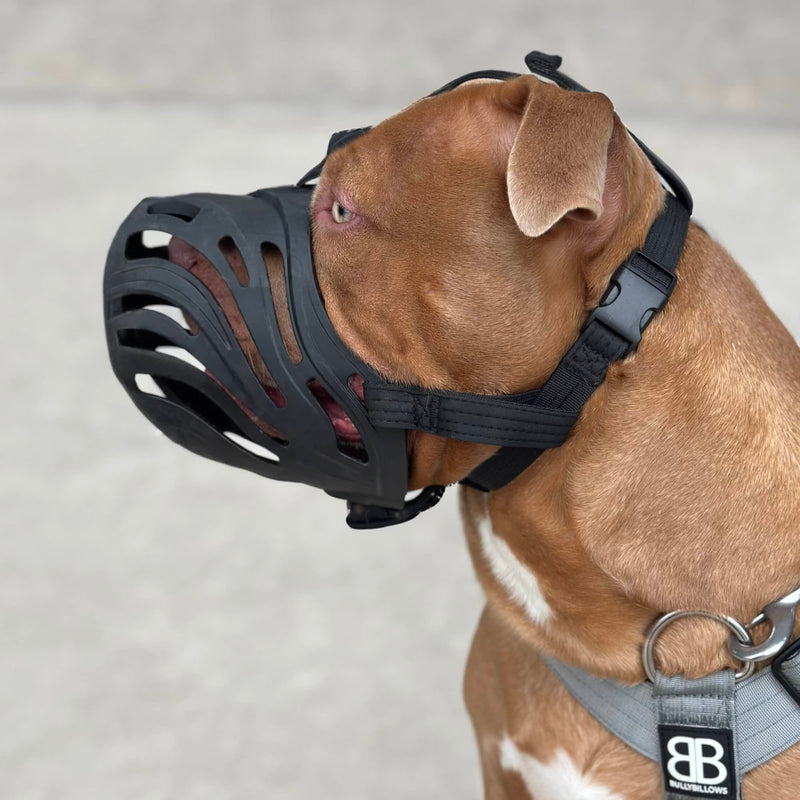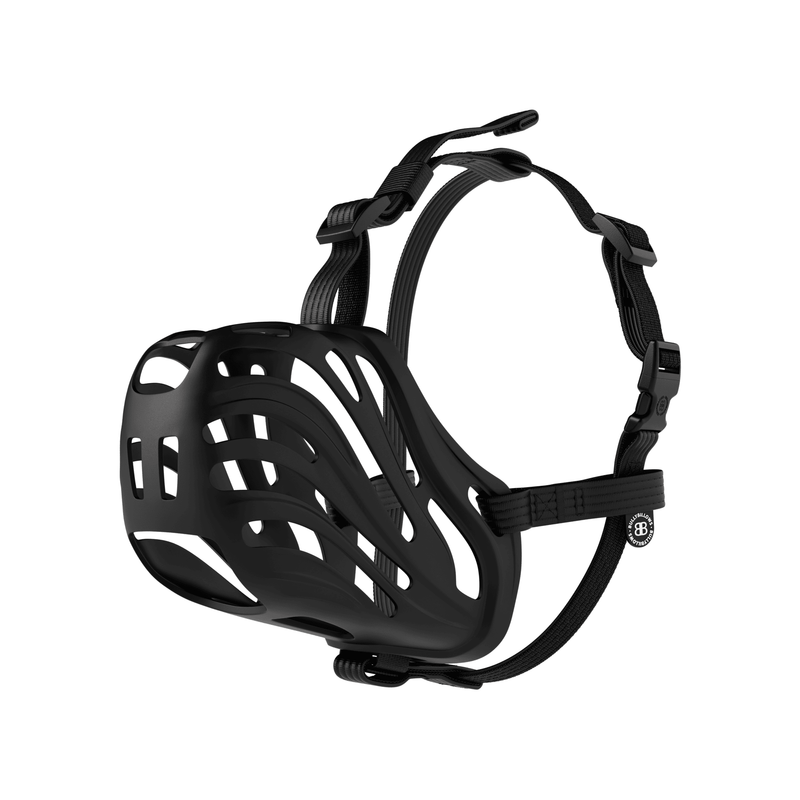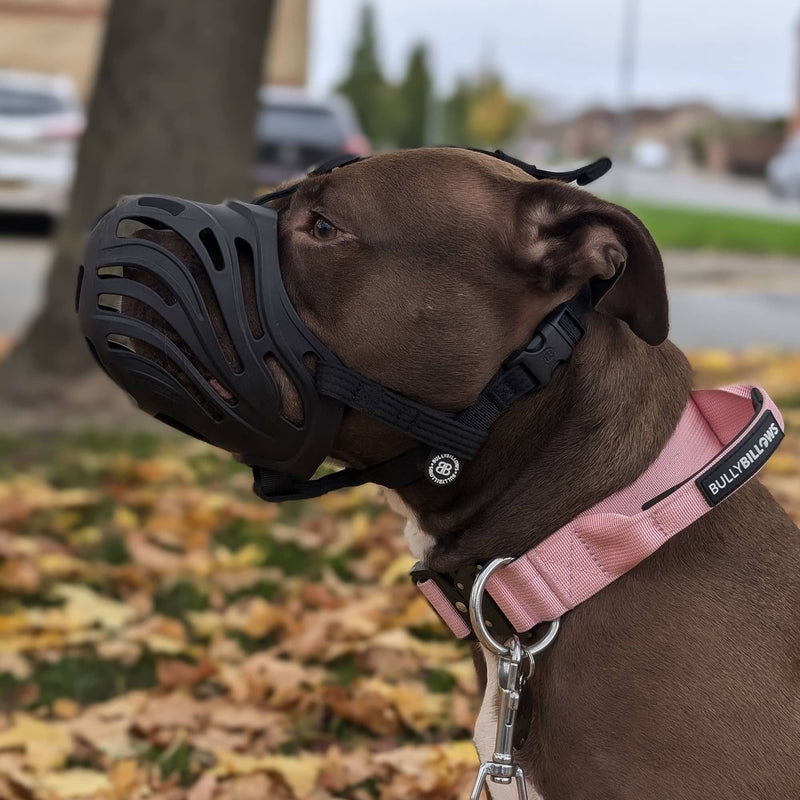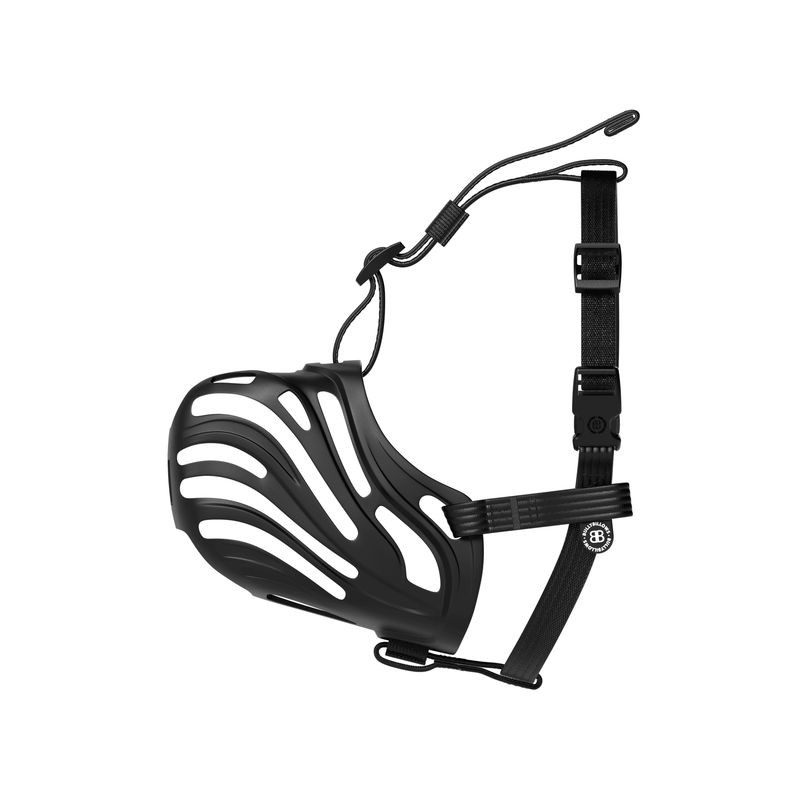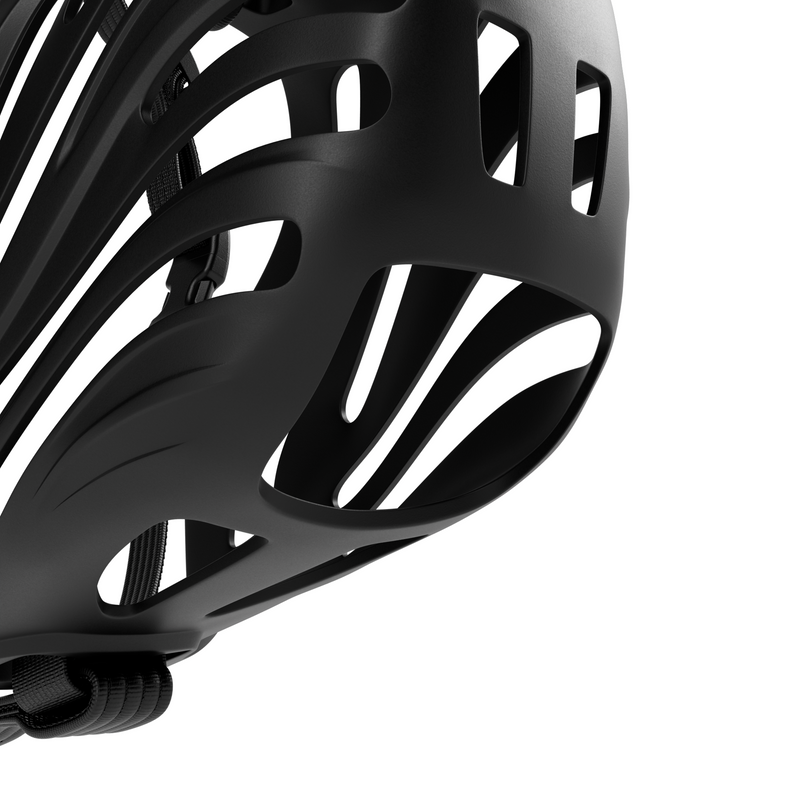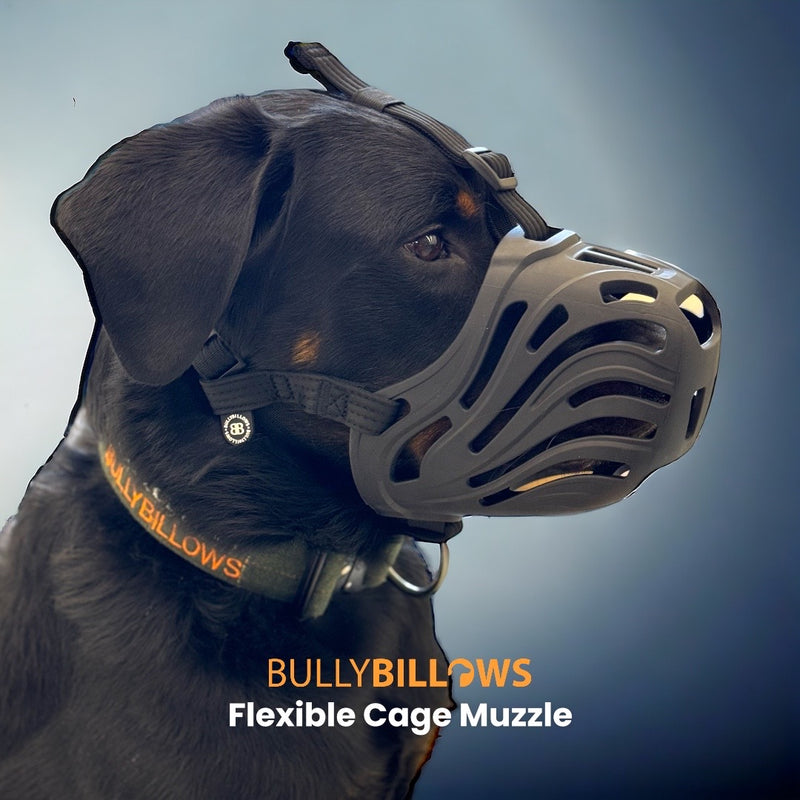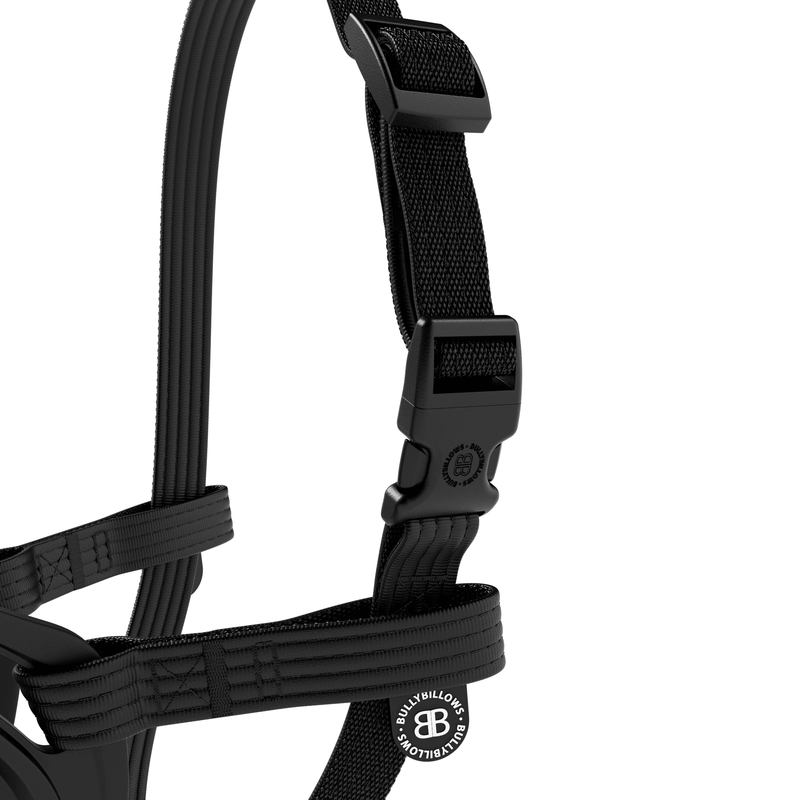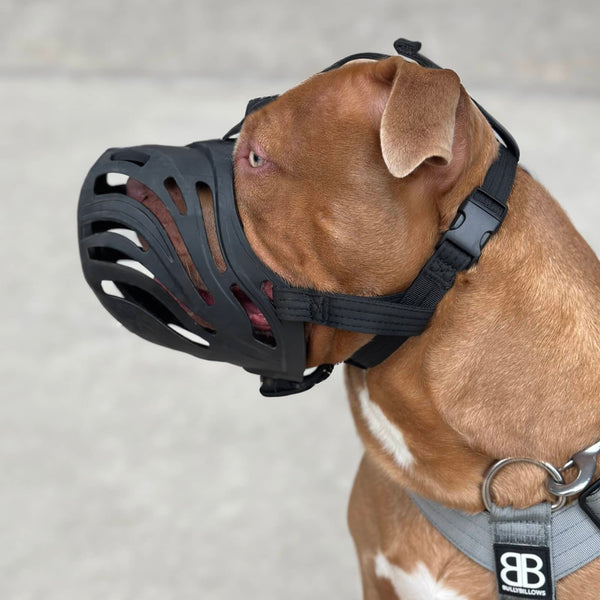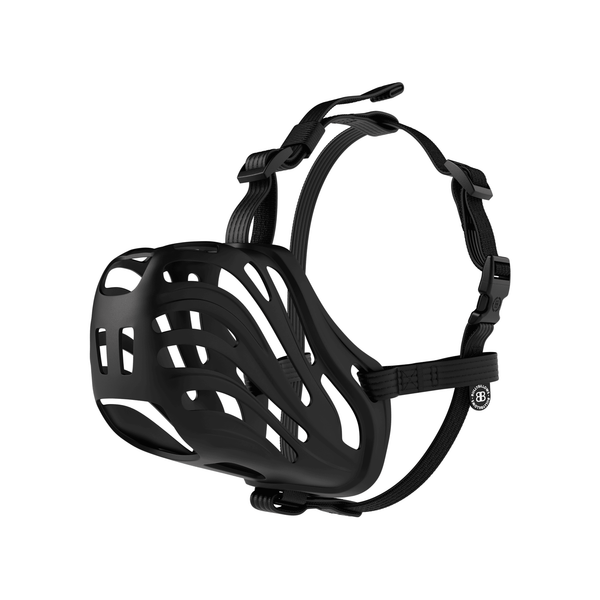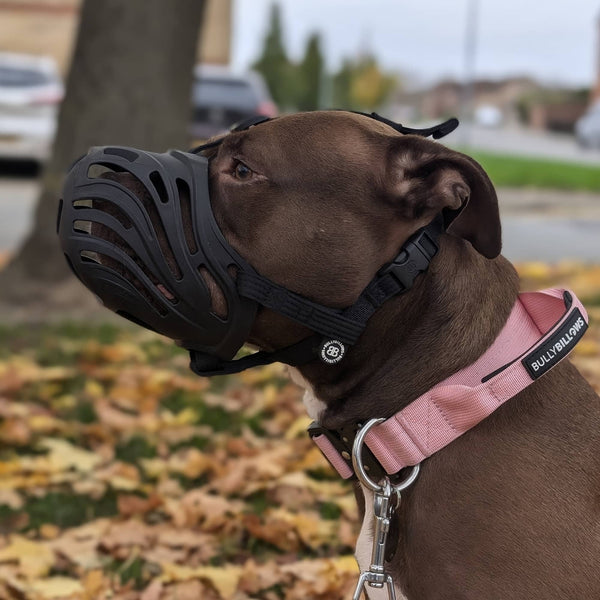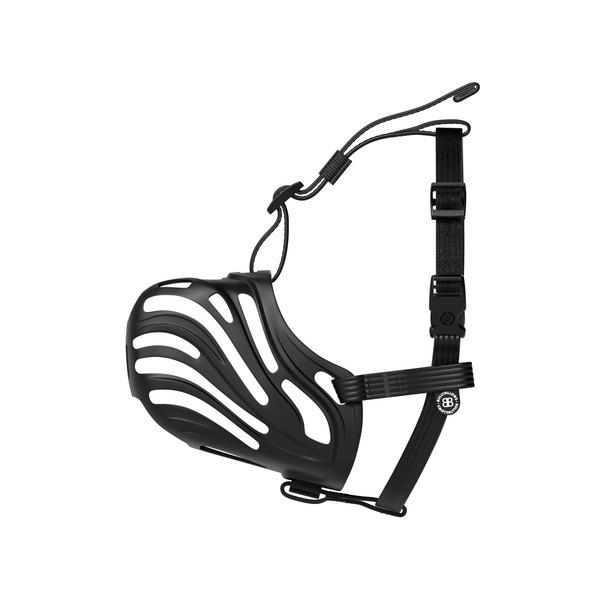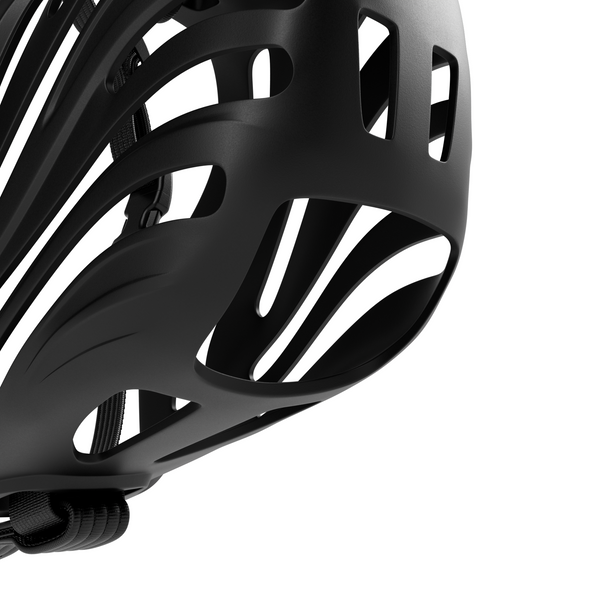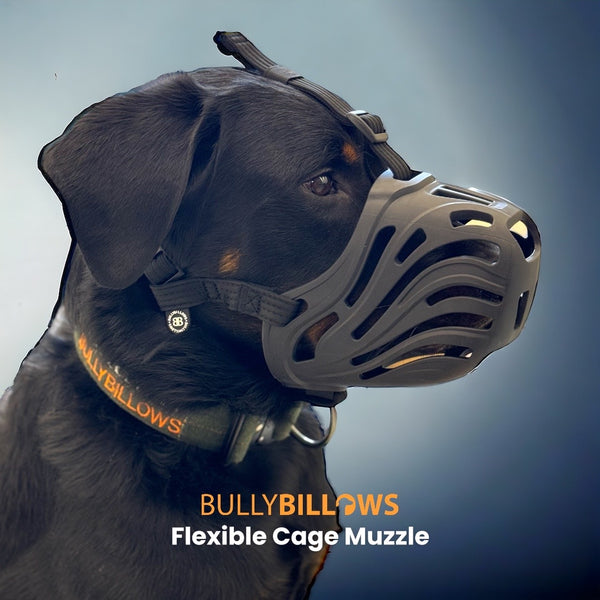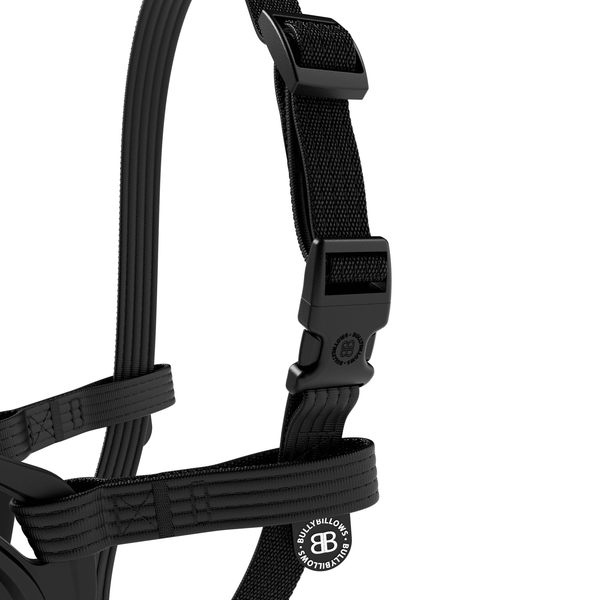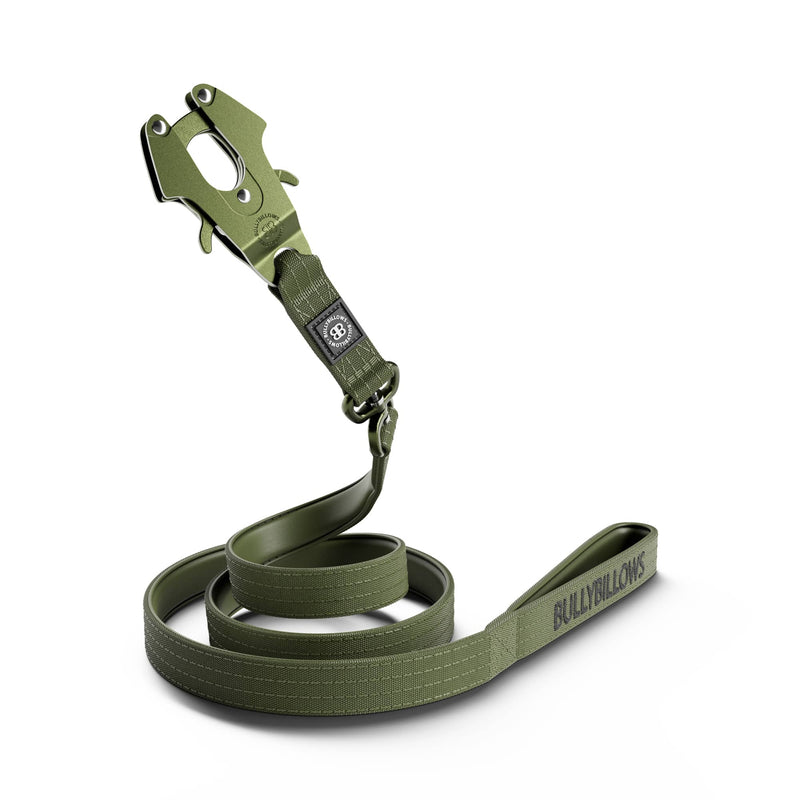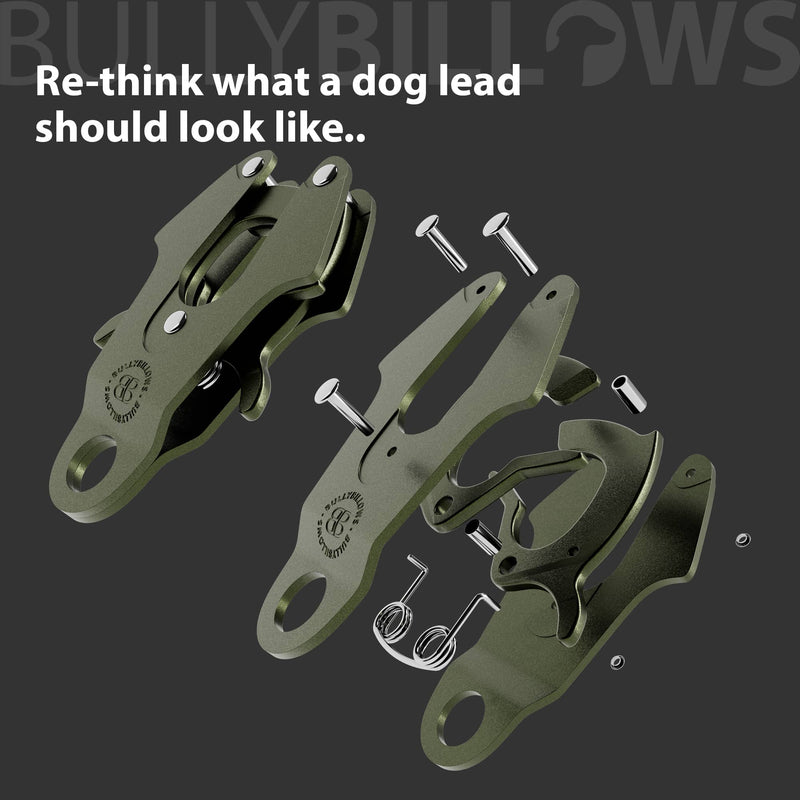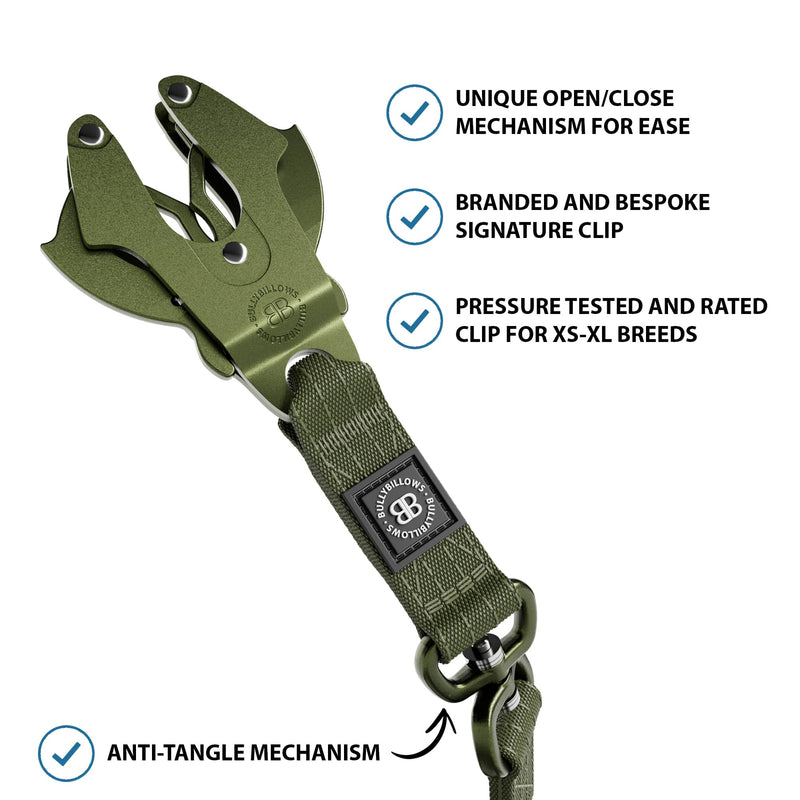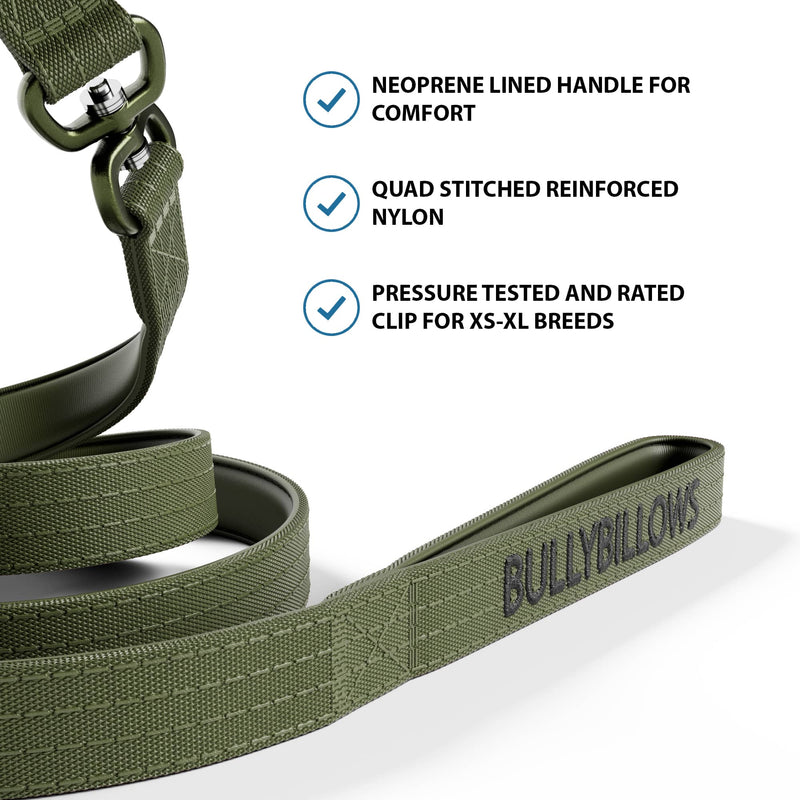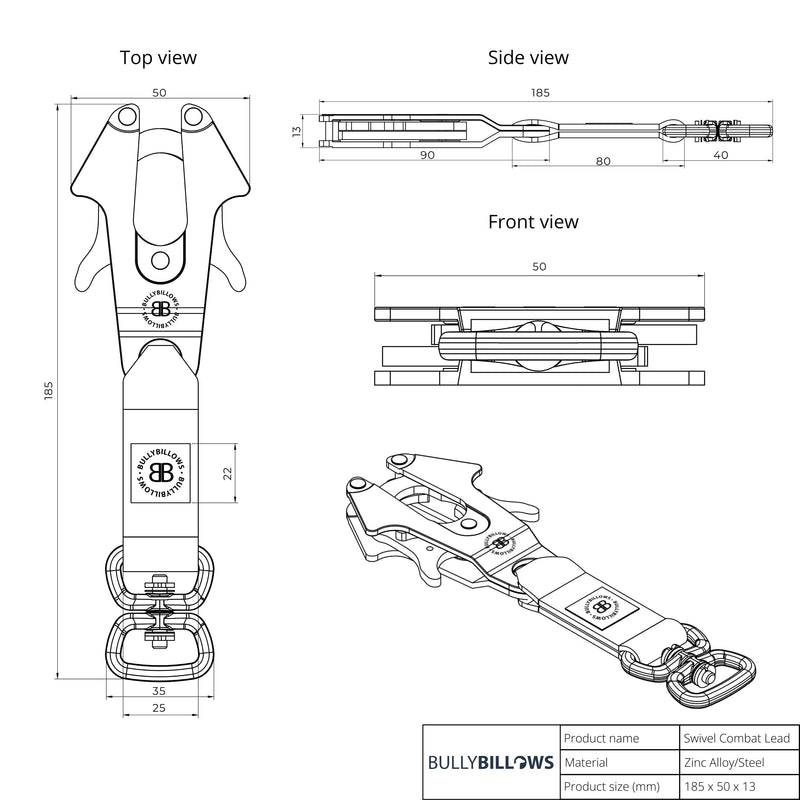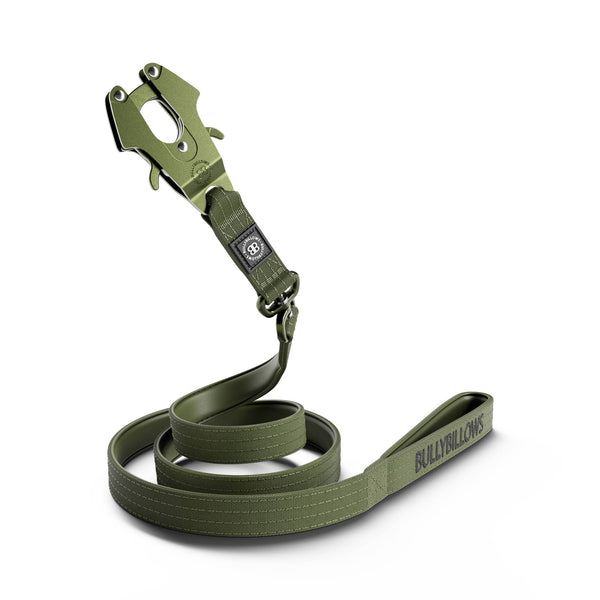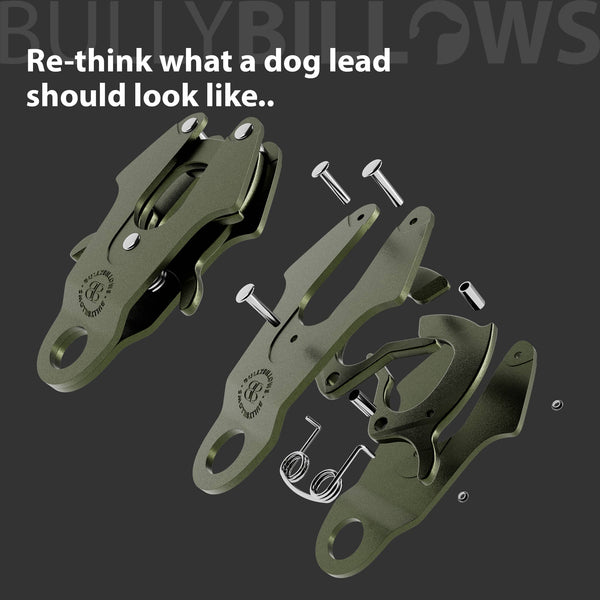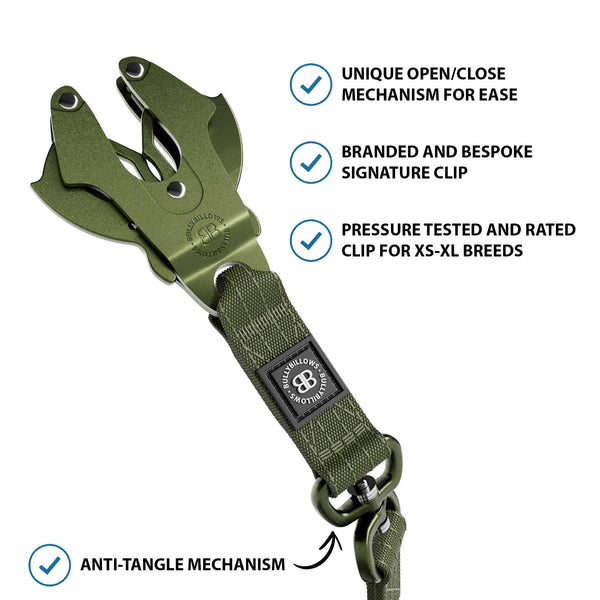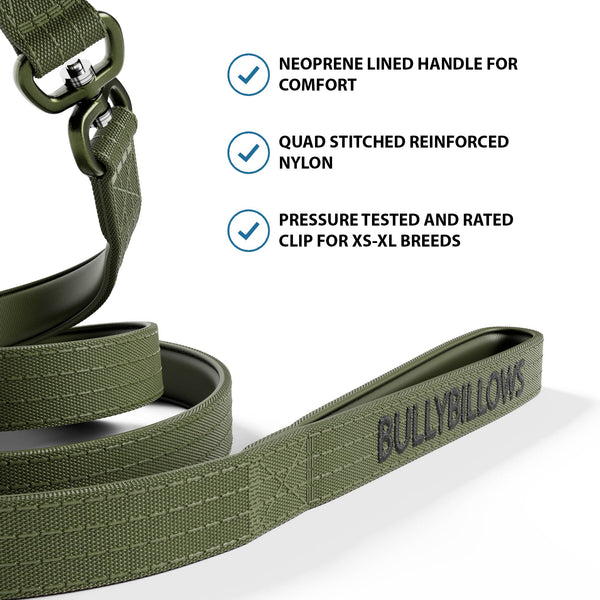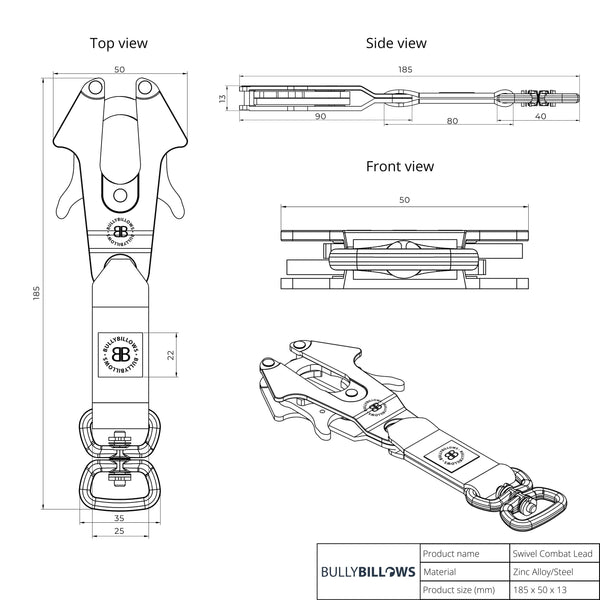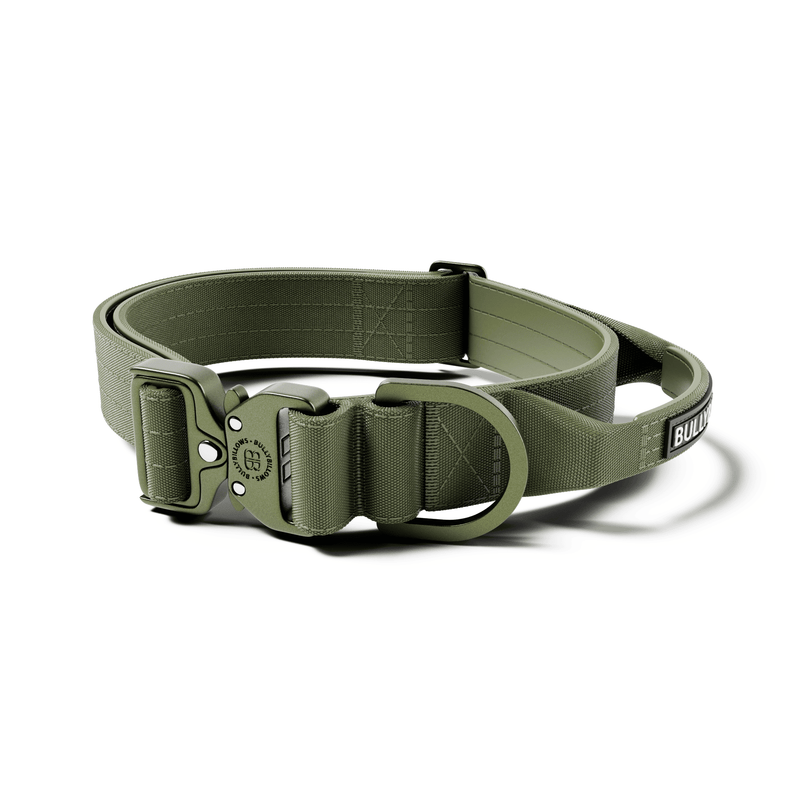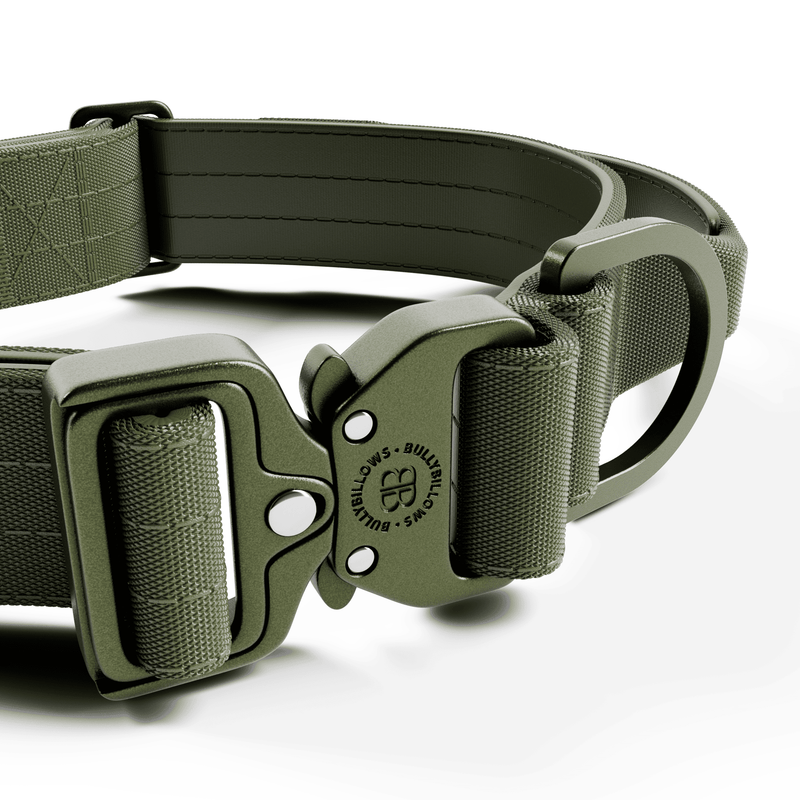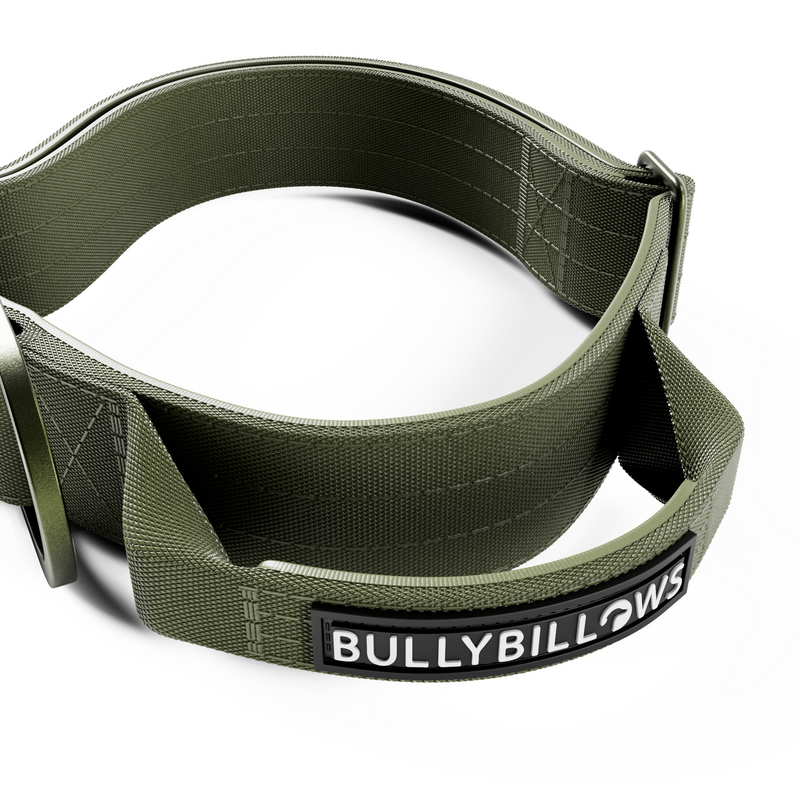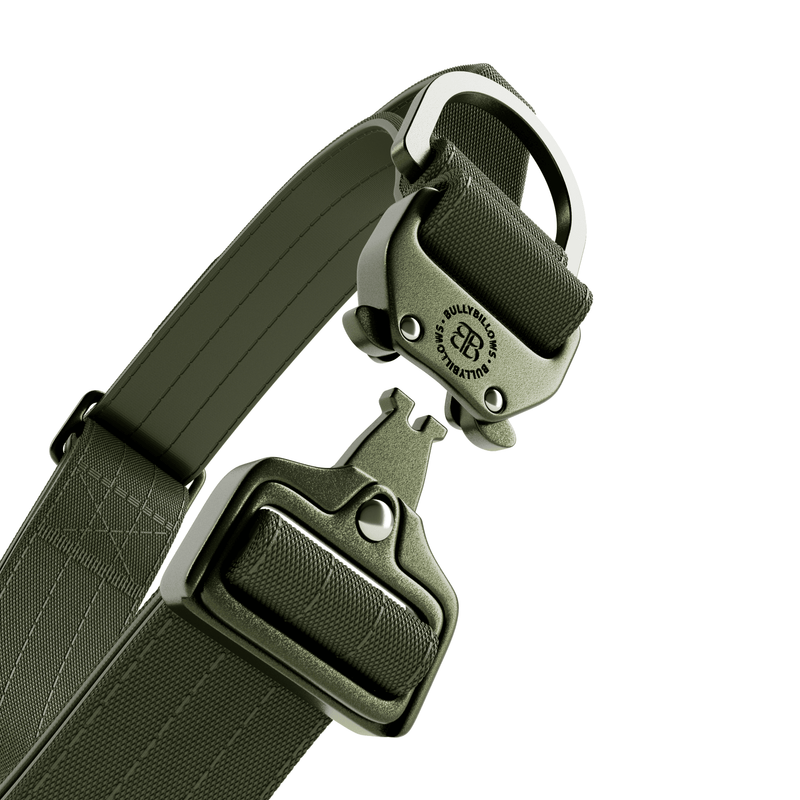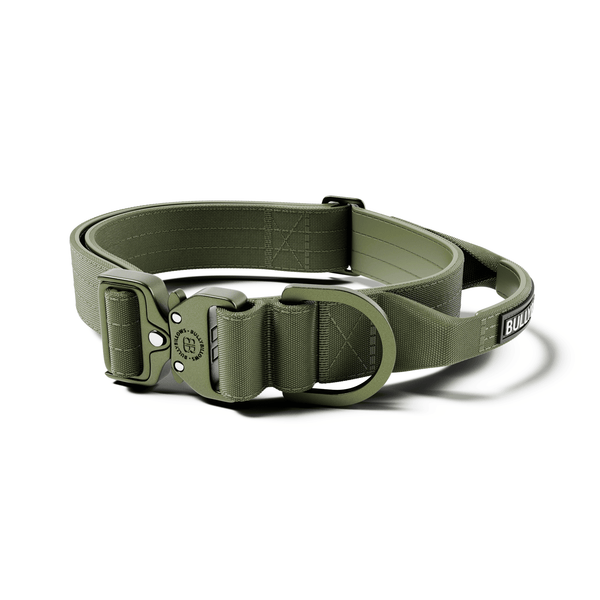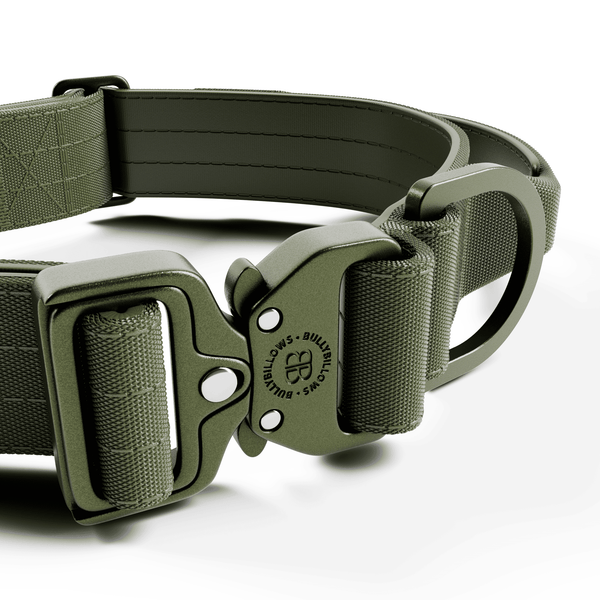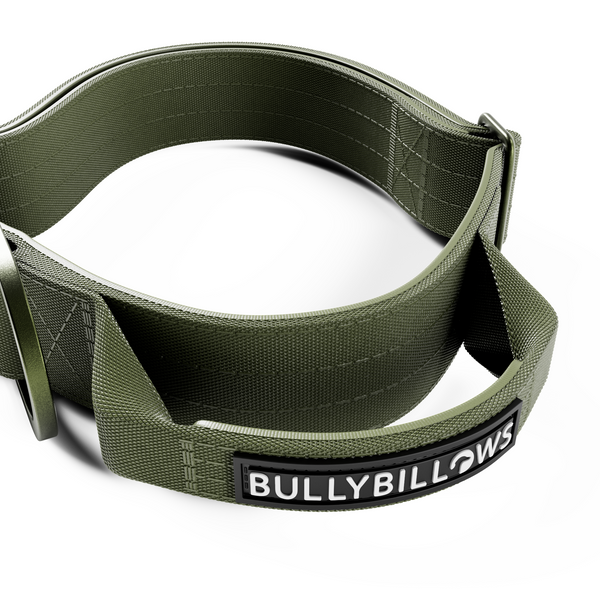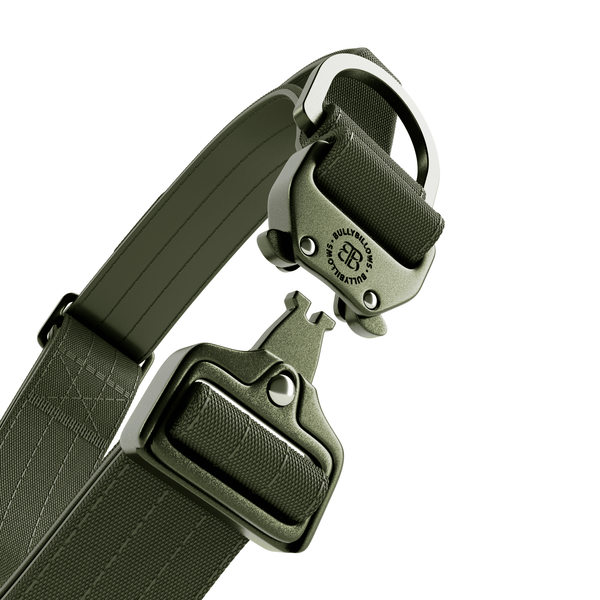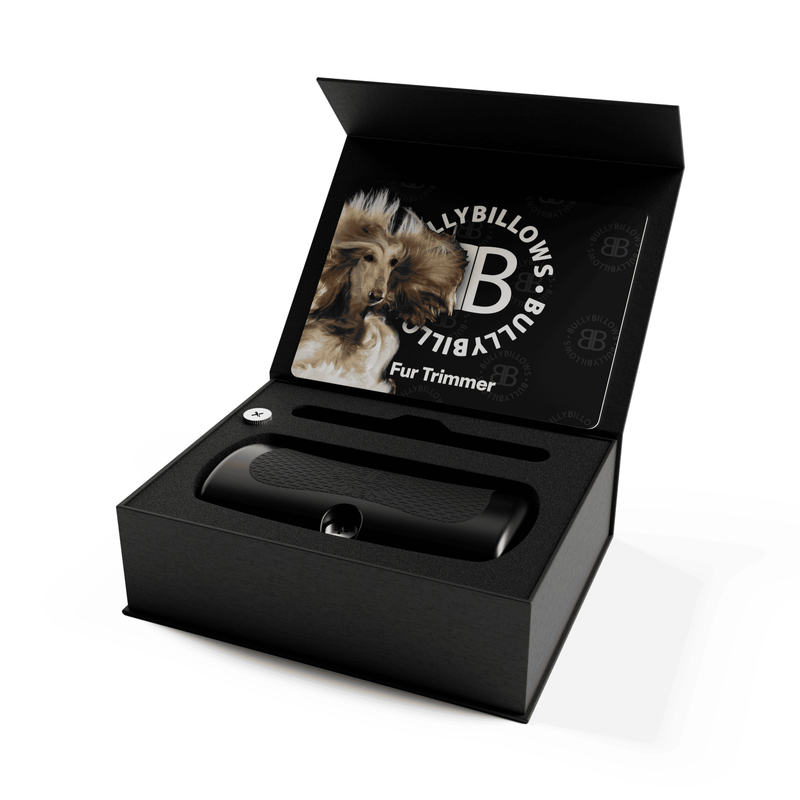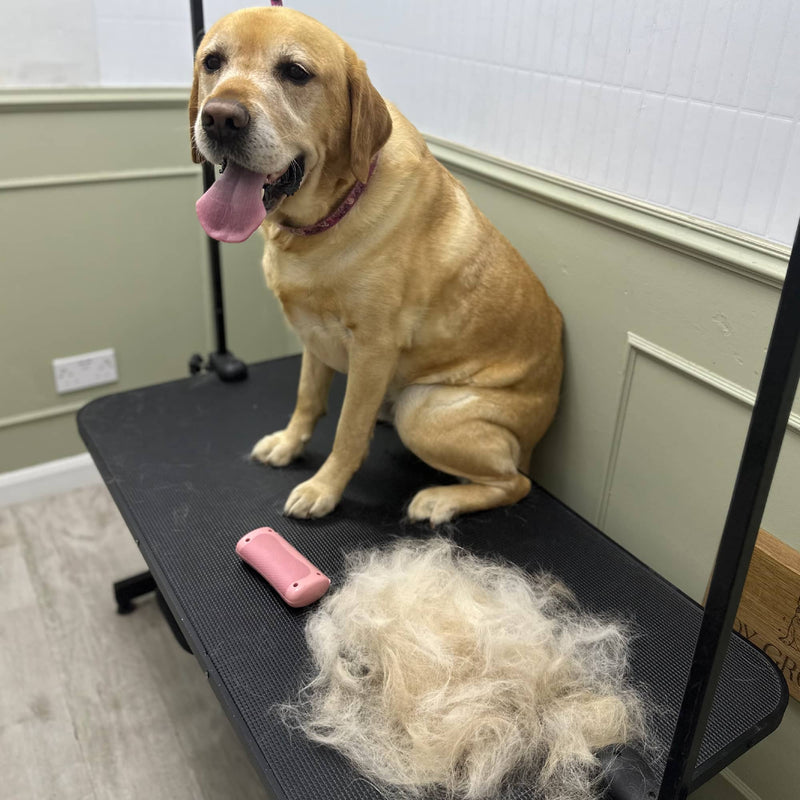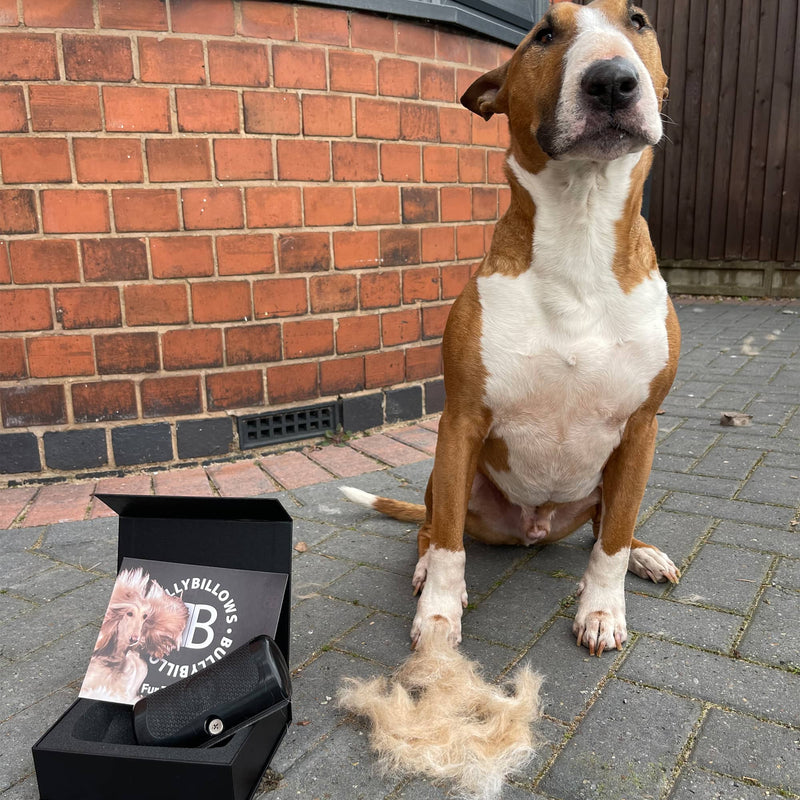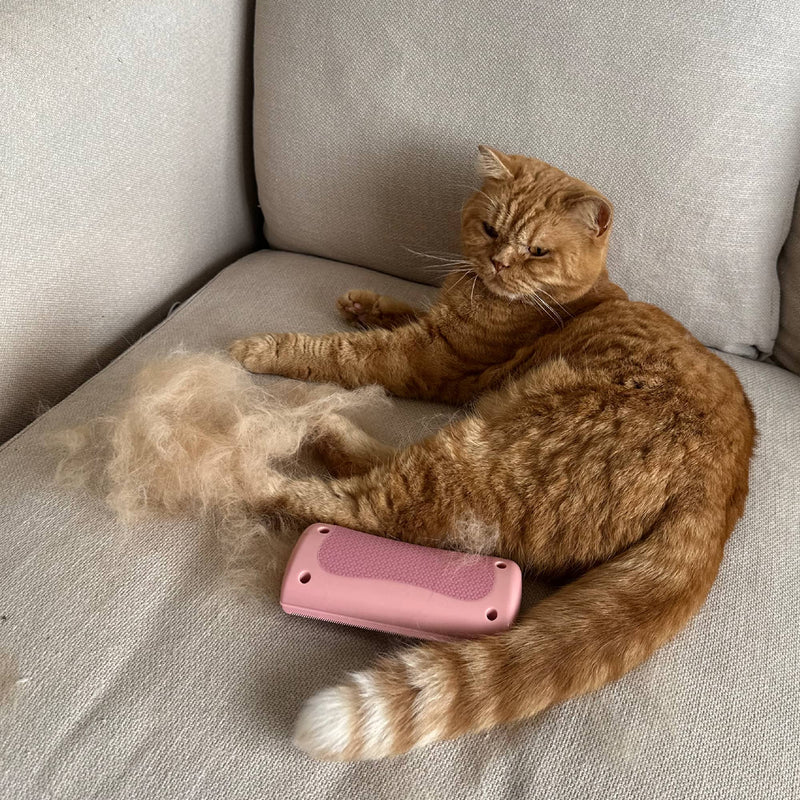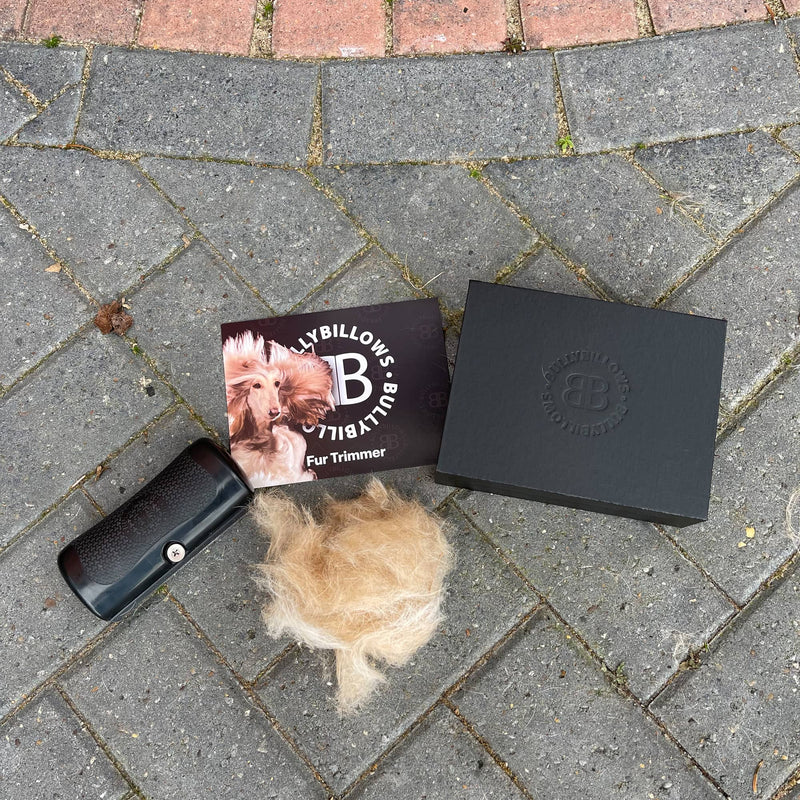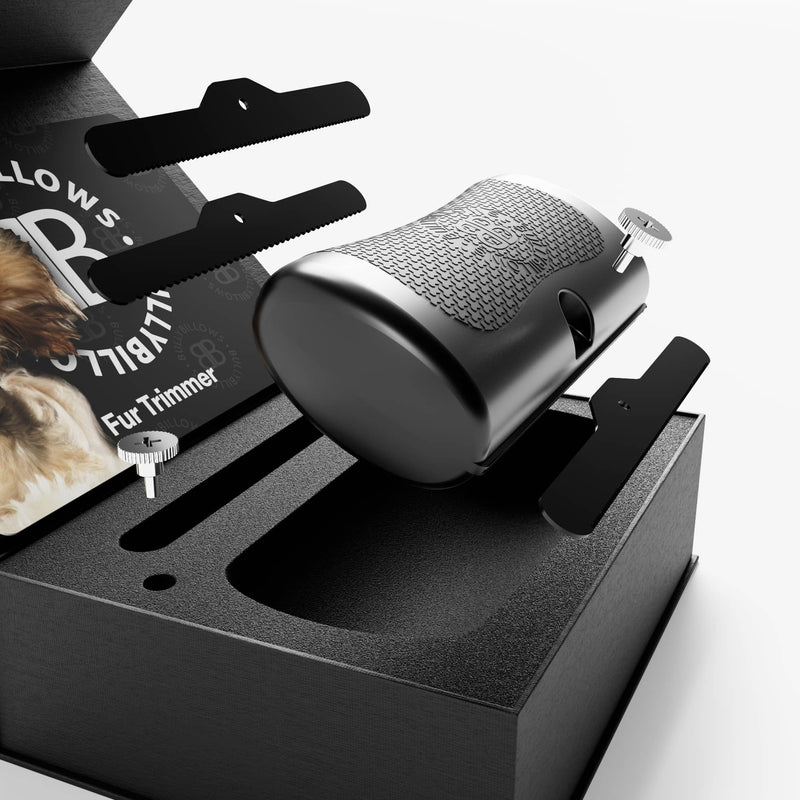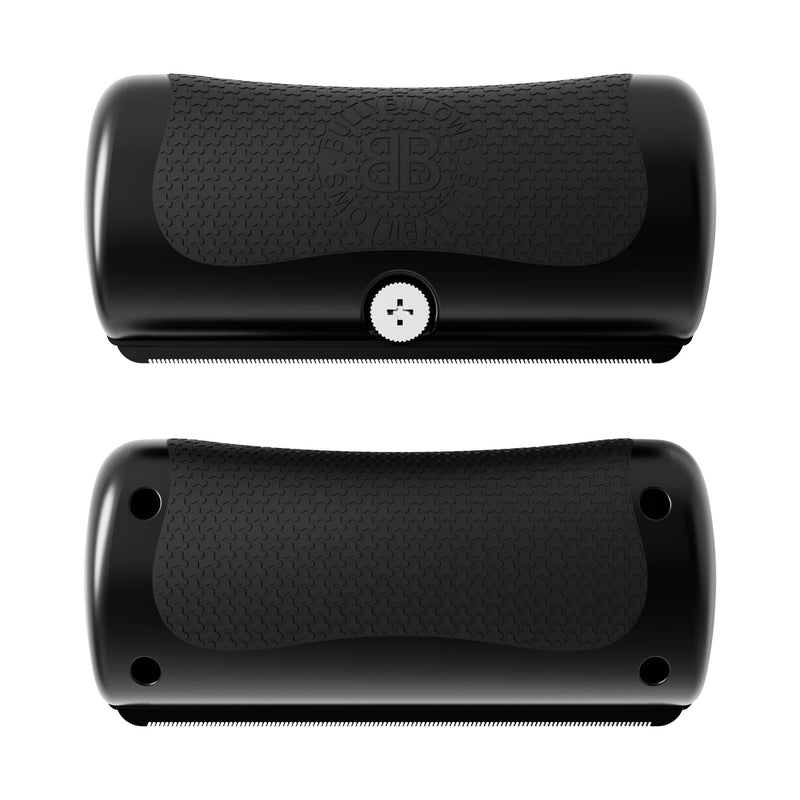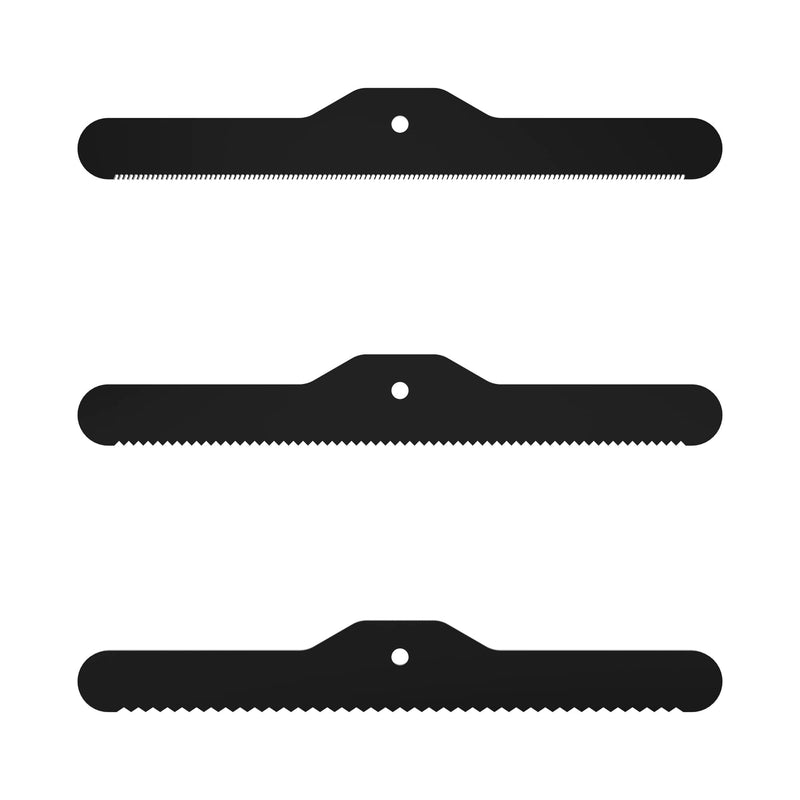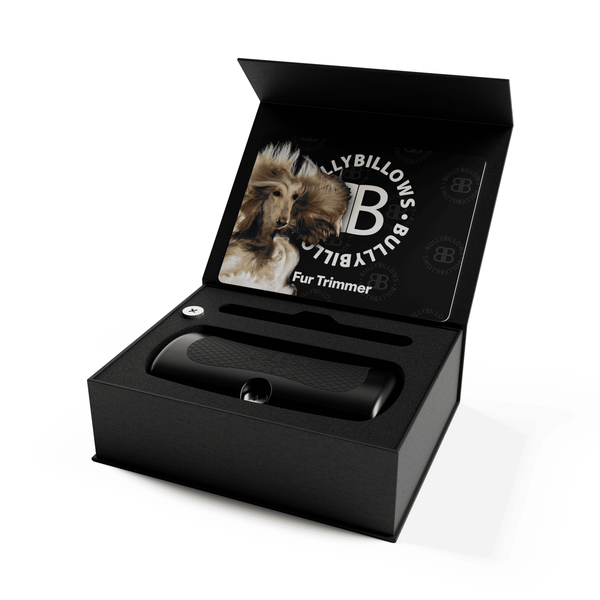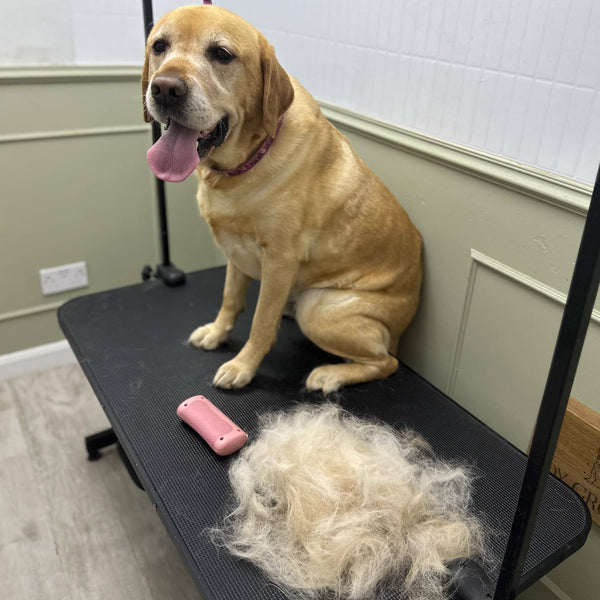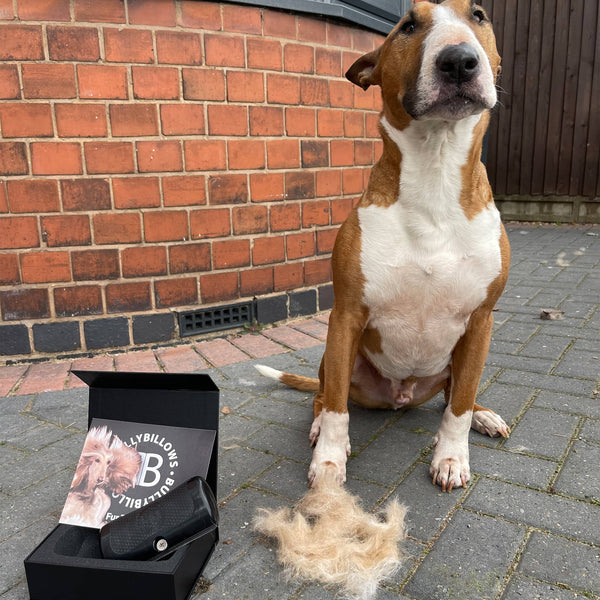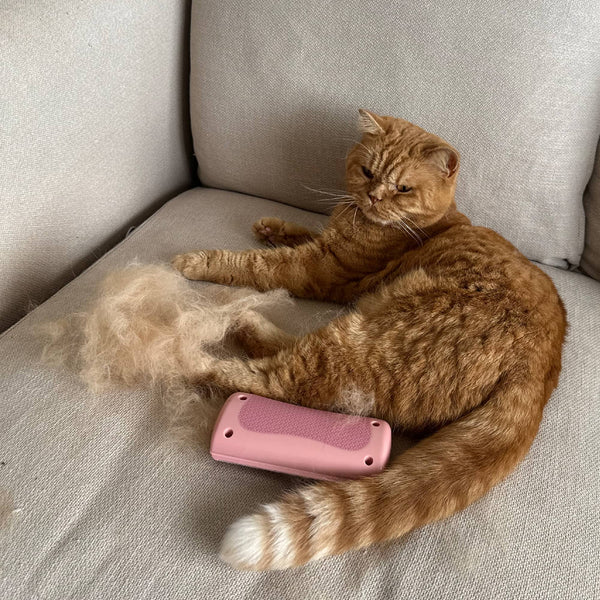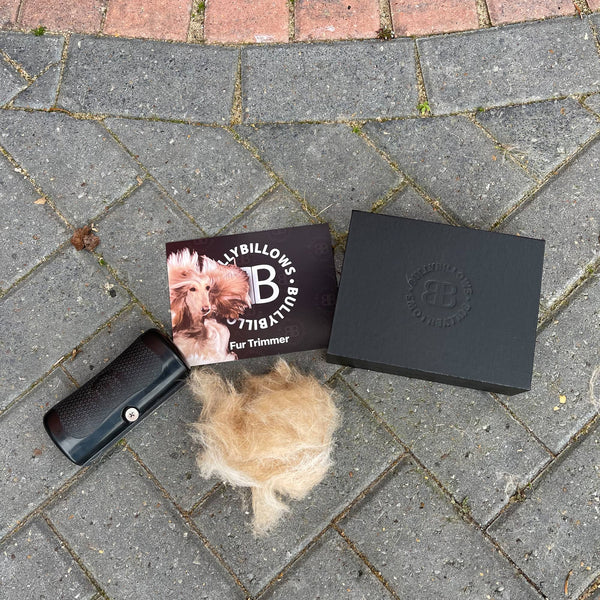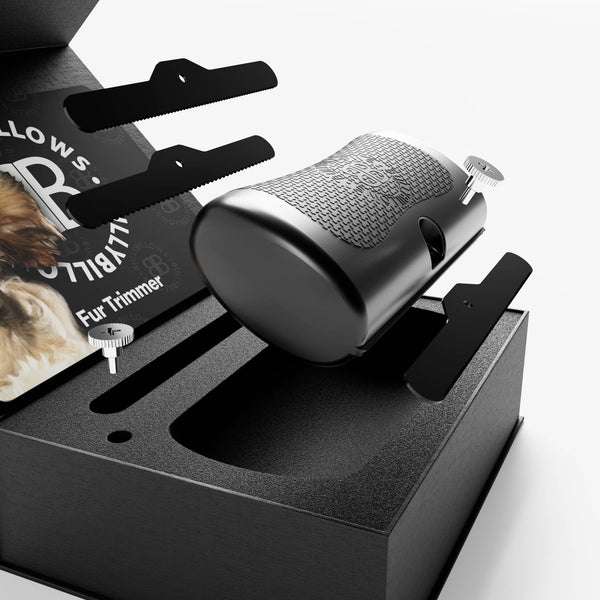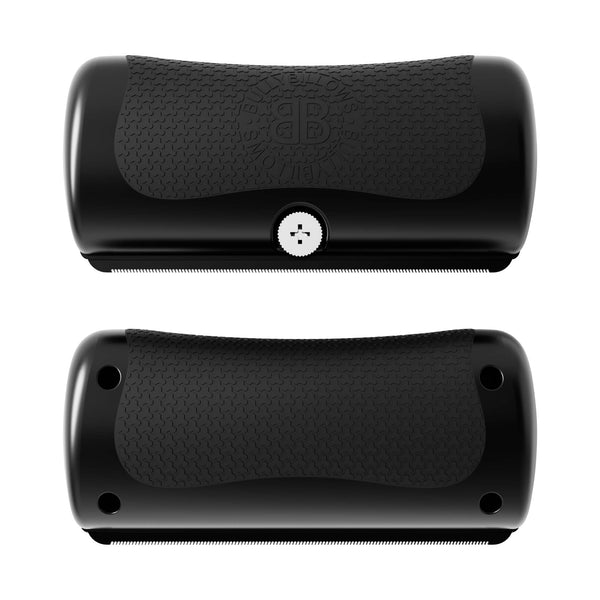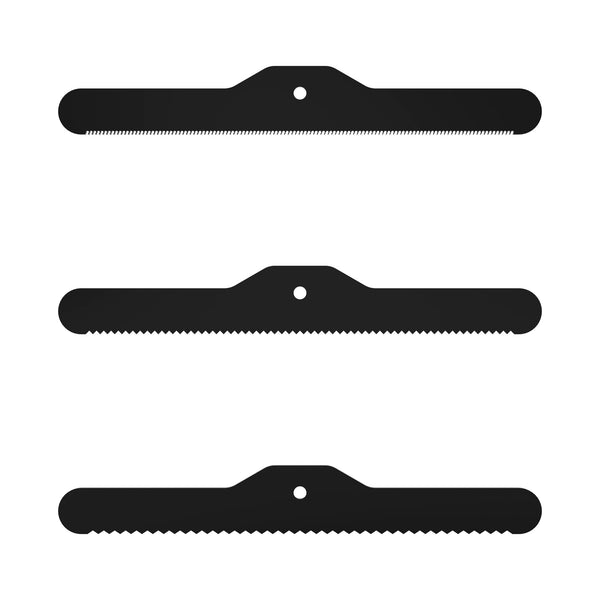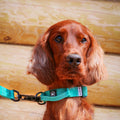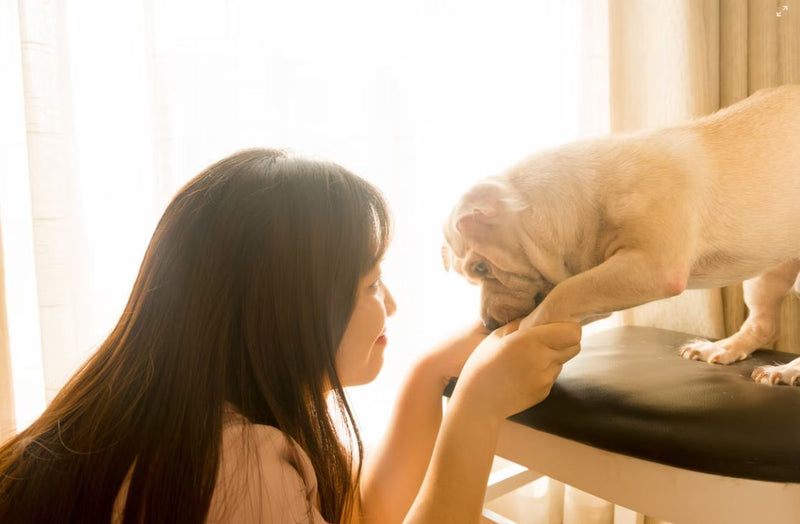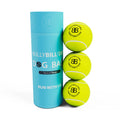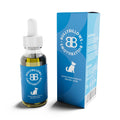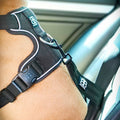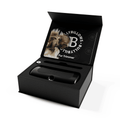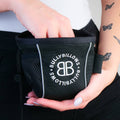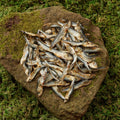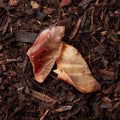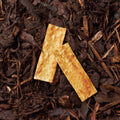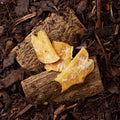Many people often wonder what a dog in heat is. It is a term used when a female dog experiences her estrus cycle. In other words, dog in heat is a term used for the period when female dogs can reproduce and get pregnant. It is a condition when the dog's ovaries begin to generate follicles. It is also known as the estrus period.
In this blog, let’s get to know about it in detail.
Things to Know About Dog in Heat
When Does a Dog Get Her Estrus Cycle for the First Time?
The estrus cycle varies from breed to breed. Generally, the estrus period begins when female dogs are around six months old. But it may take two years to get the first estrus cycle in a few larger breeds.
It's not uncommon for dogs to go into heat for the first time as early as six months old. Once your dog has the first cycle, she will go through the process almost every six months.
The first thing you should know about dogs in heat is that they are not necessarily fertile all the time. The length of their estrus cycle (the period when they are fertile) can vary from four to 18 days, with an average of 11 days. It means that some dogs may only show signs of being in heat for a few days at a time, while others may show signs for weeks.
But how do you know that your dog is in heat?
Signs of a Dog in Heat
Dogs in heat are not only a nuisance but dangerous if you don't know what to expect. You need to be aware of the symptoms of a dog in heat so that you can take appropriate action and ensure that your dog is safe.
During the first year of your dog’s life, you may notice several changes in her behaviour as she goes through heat cycles for the first time. These include:
Vaginal Bleeding
The most noticeable sign is vaginal bleeding. When your female dog first goes into heat, she begins dribbling blood from the vagina, which may be pinkish or brownish. She also starts to get a discharge from her vulva, which looks like thick mucus or pus. She develops swollen nipples and an enlarged vulva.
Frequent Urination
Another symptom is an increase in urination and thirst. These two symptoms occur with increased progesterone hormone levels in your dog's body. Moreover, her urine colour changes to dark red or brown and becomes very strong-smelling.
Behavioural Changes
Watch for behavioural changes, such as increased affection towards other dogs (especially male dogs) and increased aggression towards humans and other female dogs. It is normal behaviour but can be dangerous. She may even attack people that she loves and trusts. The aggression occurs because the hormones surge through her body and brain.
You may notice that your dog is obsessed with the opposite sex and wants to mate with every male dog she sees. Her behaviour can be annoying, but it's normal and temporary. She'll calm down once her heat cycle has ended.
Vocalizations
Your dog may yelp or howl during her cycle. It isn't unusual, but if she begins vocalizing at odd times or in an unusual manner, it could be a sign that she's in heat.
Restlessness
Dogs who are in heat tend to become restless, especially at night. Some dogs may even exhibit aggression due to their hormonal changes. So keep a close eye on your pet if she seems agitated during this time.
If you notice any of these signs, then it's probably best to take your dog to the vet so they can take a look at her reproductive organs to make sure everything looks normal inside there.
How to Deal With A Dog in Heat?
The best way to prepare yourself for this event is to get familiar with all of the things that occur during a dog's estrus period. It helps you deal with any problems or difficulties that might arise during this time in your life with your pet.
Spay or Neuter Your Dog
Spaying and neutering prevent dogs from having litters of puppies and suffering from health problems such as uterine infections. It also makes it easier for them to handle their heat cycles without getting pregnant or attracting unwanted attention from male dogs who may try to breed them against their will.
Make Water Available All the Time
Make sure your pet has plenty of fresh water at all times, especially during her first cycle. She will feel better overall.
Let Her Exercise
Motivate her to exercise, so she doesn't get bored or frustrated while confined indoors during her heat time. If possible, take her on long walks or hikes outdoors so she can relieve herself.
Be Attentive
Keep an eye out for any strange behaviour from other male dogs in your neighbourhood — such as mounting or humping.
If possible, keep her away from other male dogs, especially if they are unneutered.
Stages of the Dog Heat Cycle
The dog heat cycle is a complex process that can be difficult to understand. The stages of the dog heat cycle include the following:
Proestrus
The first stage occurs before ovulation and lasts about ten days. During this time, your dog will be restless and may show behavioural changes, such as increased affection for people or other dogs, restlessness, frequent urination, vaginal bleeding, and swollen vulva.
Estrus
The second stage begins when your dog ovulates and lasts about five to eleven days. During this time, your dog will exhibit sexual receptivity signs, such as mounting other dogs, licking private areas, and vocalizing during mating attempts.
Diestrus
It is the third stage of the dog heat cycle, and occurs after ovulation but before the uterine lining has built up again for pregnancy. Diestrus lasts from two to three weeks after estrus ends. This period is characterized by a decrease in estrogen levels and an increase in progesterone production, which causes the uterus to close up and prevents pregnancy from occurring.
Anestrus
The fourth stage is when there is no observable activity in your dog's reproductive tract. It typically lasts six months or more.
Staying informed about your female dog’s heat cycles will help you and your family deal with her better. Or otherwise, her actions can cause chaos in your house.
Buy the best dog collars and leashes online at Bully Billows for your dog to keep her safe.
Feature Image Source - Unsplash


